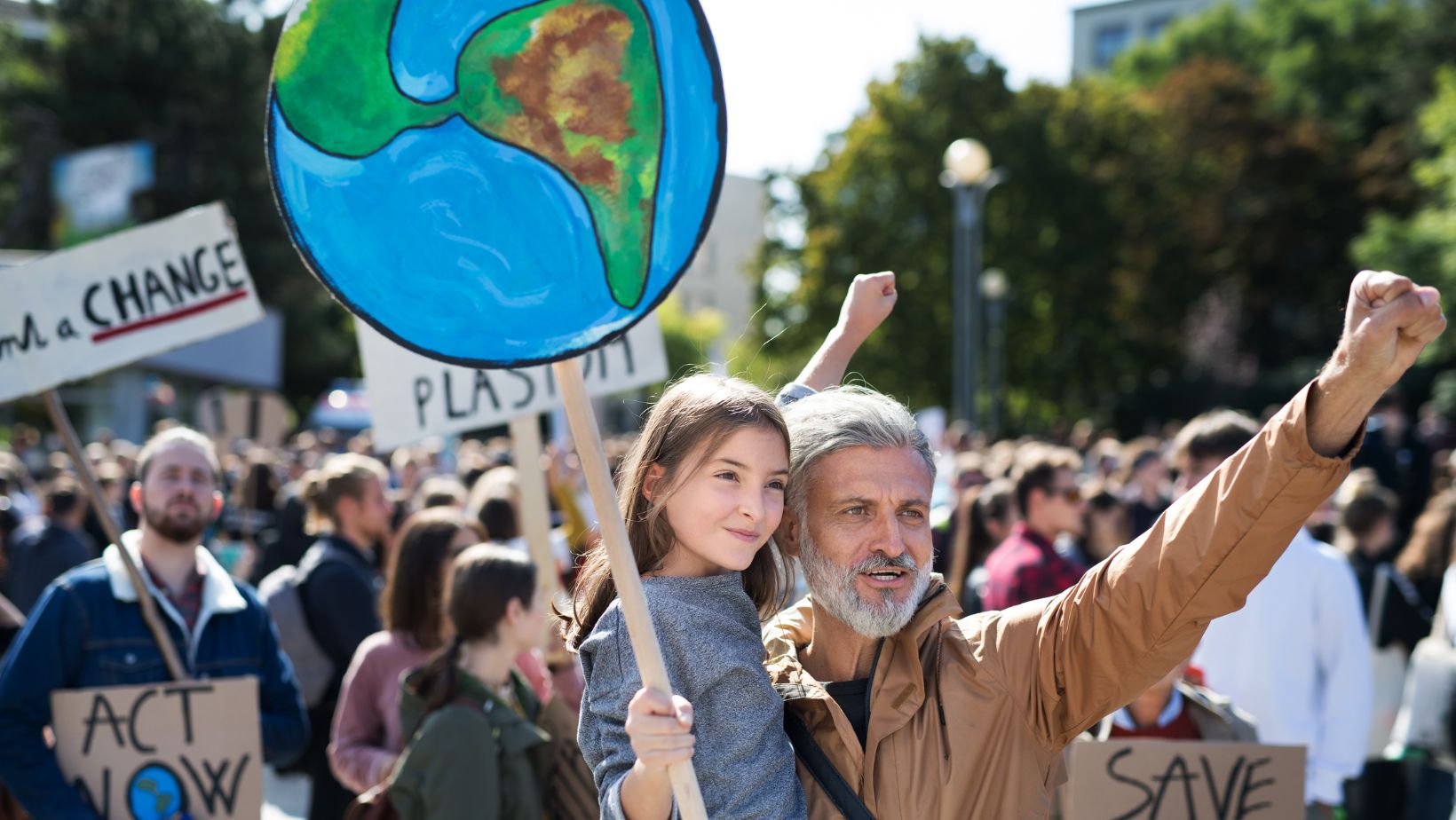City culture and society offer a vibrant tapestry of experiences that shape the lives of millions. From the bustling streets of New York to the historic avenues of Paris, urban environments teem with diversity, innovation, and a unique blend of tradition and modernity. These cities are not just geographical locations; they’re living, breathing entities that influence and reflect the collective identity of their inhabitants.
City Culture and Society

Urban culture has evolved over centuries, shaped by economic, social, and political forces. Ancient cities like Athens and Rome laid the groundwork for modern urbanism, introducing public spaces like agoras and forums. These areas served as hubs for trade, political discourse, and social interaction.
During the Middle Ages, cities like Paris and Florence became centers of intellectual and artistic activity, driven by the Renaissance. Guilds emerged, promoting specialized crafts and commerce. The Industrial Revolution in the 18th and 19th centuries further transformed cities by fostering mass production and migration from rural areas.
In the 20th century, cities expanded rapidly due to globalization and technological advancements. Skyscrapers, public transportation, and diverse neighborhoods exemplify this growth. Today, cities continue to evolve, integrating digital connectivity with physical spaces to create smart cities.
Social Dynamics in Urban Environments

Urban environments display complex social dynamics that influence residents’ daily lives. Population density and cultural diversity are primary factors. High population density increases interactions amidst diverse cultural influences, fostering tolerance and social cohesion.
Economic stratification is another key dynamic. Cities often exhibit clear economic divides, with affluent neighborhoods juxtaposed against less prosperous areas. This stratification impacts access to resources, education, and healthcare.
Social networks also shape urban living. People form communities based on shared interests, careers, or backgrounds. These networks provide support and opportunities, enhancing residents’ quality of life. City festivals, markets, and public spaces encourage socialization and cultural exchange, strengthening communal bonds.
Cultural Landmarks and Institutions

Urban centers boast iconic cultural landmarks and institutions that define their identities. In New York, notable sites include the Metropolitan Museum of Art, the Statue of Liberty, and Broadway theaters. Paris offers the Eiffel Tower, the Louvre Museum, and Notre-Dame Cathedral. These landmarks attract millions of visitors annually and contribute to the cities’ global recognition.
Institutions like museums, theaters, and galleries play a critical role in urban culture by preserving history, showcasing art, and promoting education. In London, the British Museum houses artifacts from around the world, while Tokyo’s National Museum of Western Art presents collections ranging from Renaissance to contemporary works. These institutions also host events and exhibitions, fostering community engagement and cultural exchange.
Public libraries, such as the New York Public Library and the Bibliothèque nationale de France, serve as knowledge hubs offering resources and space for learning and collaboration. Concert halls and opera houses, like the Sydney Opera House and Vienna State Opera, are vital spaces for performing arts, enriching the cultural fabric of cities through music, dance, and theater.
The Role of Public Spaces
 Public spaces act as vital components of urban culture, shaping social interactions and community engagement. Parks, plazas, and streetscapes provide residents with common areas for recreation, relaxation, and cultural activities. For example, Central Park in New York and Parc des Buttes-Chaumont in Paris serve as green lungs and social hubs, promoting well-being and leisure.
Public spaces act as vital components of urban culture, shaping social interactions and community engagement. Parks, plazas, and streetscapes provide residents with common areas for recreation, relaxation, and cultural activities. For example, Central Park in New York and Parc des Buttes-Chaumont in Paris serve as green lungs and social hubs, promoting well-being and leisure.
Public squares facilitate political discourse and civic engagement. Historic sites like Trafalgar Square in London and Piazza Navona in Rome have been stages for protests, celebrations, and public discussions, reflecting the democratic spirit of urban centers.
Technology and Modern Urban Life
Technology continues to redefine urban life, seamlessly integrating digital advancements with traditional city elements. Smart cities are emerging, utilizing data and connectivity to improve infrastructure, enhance public services, and foster sustainable living. Innovations like IoT, AI, and green technologies are transforming how residents interact with their environments, making cities more efficient and responsive to their needs.
Urban planners and policymakers are leveraging technology to tackle challenges such as traffic congestion, pollution, and resource management. Digital platforms enable real-time communication between citizens and authorities, promoting transparency and civic engagement. Moreover, tech-driven solutions in transportation, healthcare, and education are bridging gaps in accessibility and equity.

